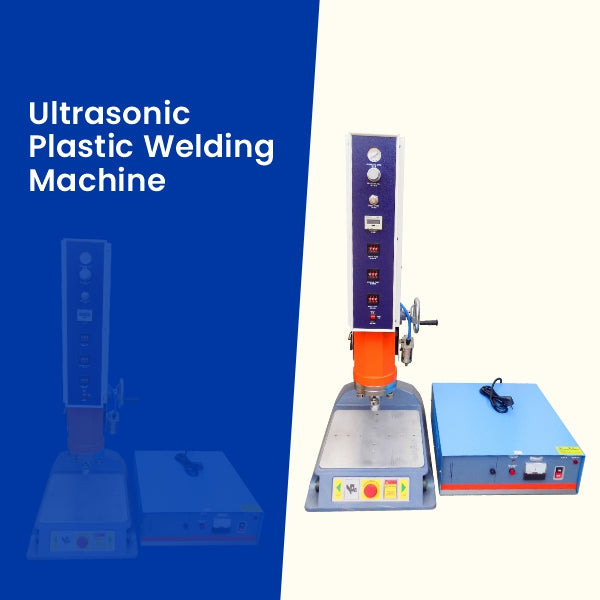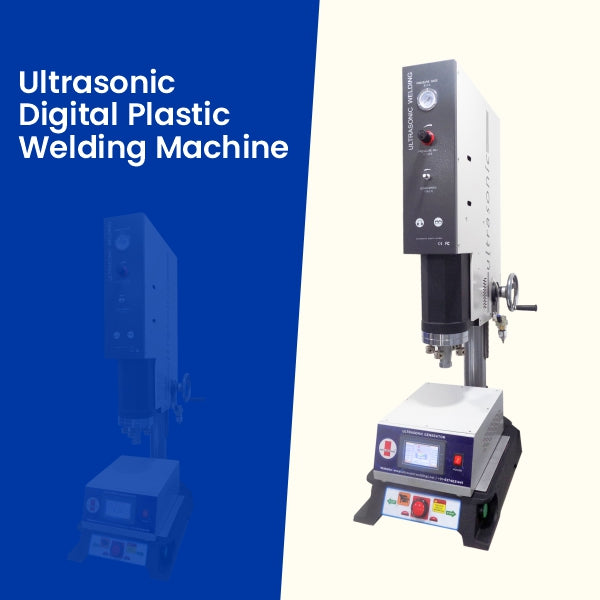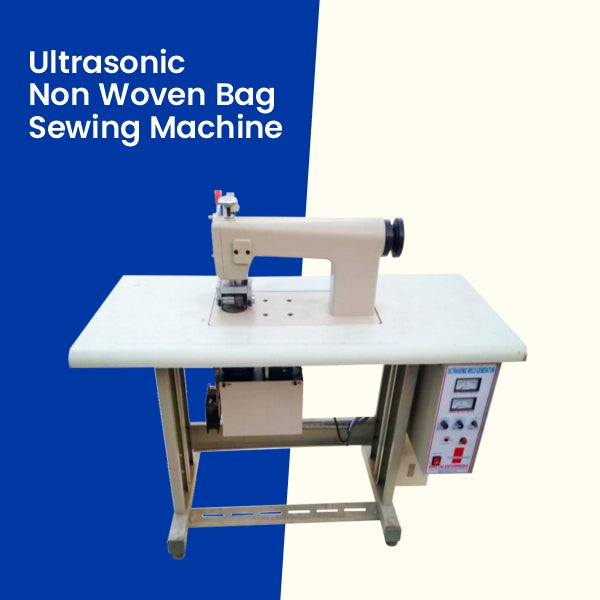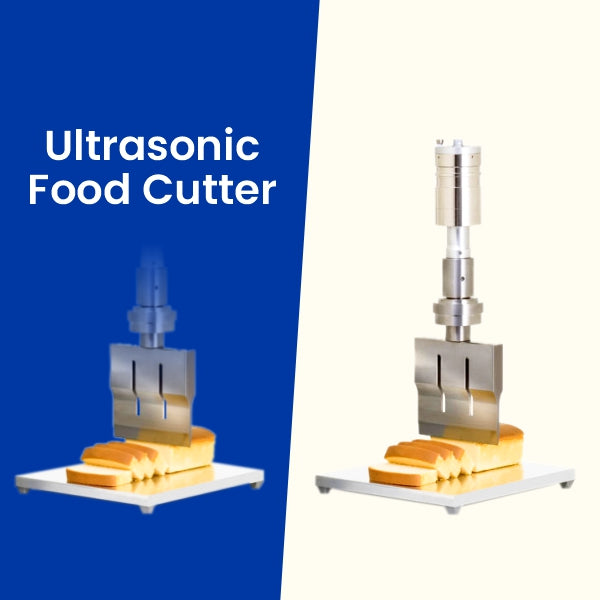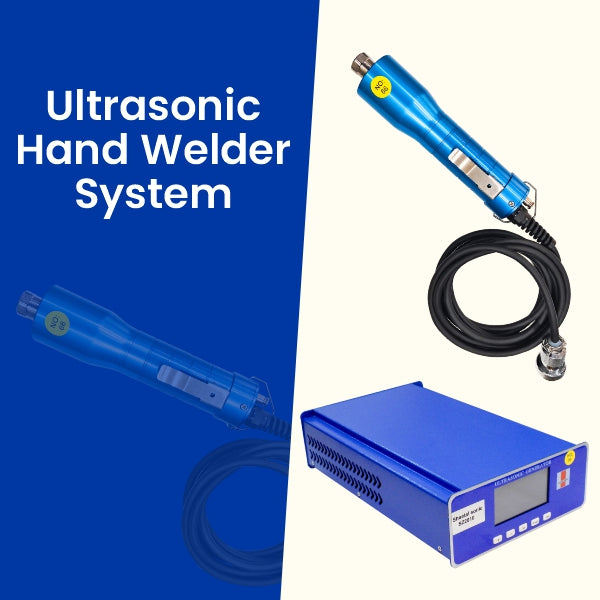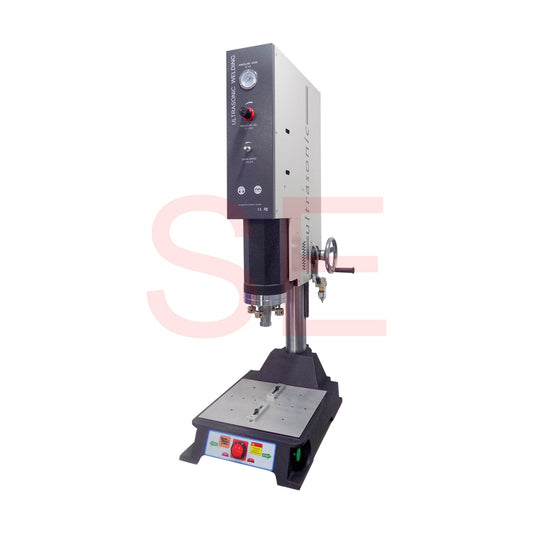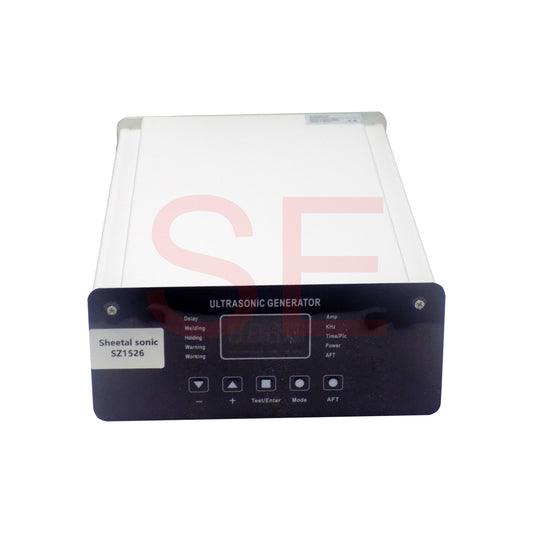Shop By Category
Why Choose Sheetal Enterprises??
📦 Packaging
- BOPP bag side sealing
- Zipper patch and handle welding
- Laminated pouch sealing
✏️ Stationery
- File clip and folder welding
- PP sheet and document holder manufacturing
🏥 Medical & Healthcare
- Surgical gowns
- masks
- bouffant caps
- Non-woven medical fabric sealing
🛍️ Non-Woven & Textile
- Bag sewing machines
- Filter media
- fabric cutting and sealing
🚗 Automotive
- Door panel assembly
- Plastic part joining
- Interior trim welding
🔬 Filtration
- Liquid filter bag welding
- PP/PE cartridge housings
- lab applications
💡 Electronics & Electrical
- Sensor housing sealing
- Battery case welding
- Wire spot welding
🧴 Personal Care & Cosmetics
- Tube sealing
- Compact packaging components
🔧 9+ Years of Experience | Trusted Ultrasonic Welding Experts

Get In Touch
Would you like to ask a question or start working on a project? We’d love to hear from you.
FAQ About Sheetal Enterprise
"what is ultrasonic welding"
Ultrasonic welding is a technique used to join materials, primarily plastics or metals, through high-frequency ultrasonic acoustic vibrations. The process involves placing the materials together under moderate pressure while a sonotrode (horn) delivers ultrasonic vibrations in the range of 20 kHz to 40 kHz. These vibrations generate frictional heat at the interface of the materials, causing them to melt and fuse together upon cooling. This method does not require additional adhesives or soldering materials, making it efficient and clean. Ultrasonic welding is widely used in industries such as automotive, medical, electronics, and packaging due to its speed, precision, and ability to produce strong, reliable joints. However, it is best suited for compatible materials that can effectively transmit ultrasonic energy.
"What are the advantages of ultrasonic welding machine?"
Ultrasonic welding machines offer several advantages. They provide rapid welding times, typically completing joints within seconds, which enhances production efficiency. The process is clean, eliminating the need for adhesives, solder, or other consumables, and producing no smoke or residue, making it suitable for cleanroom environments. Ultrasonic welding delivers strong and reliable bonds without compromising the integrity of the materials. It also allows for precise control over the welding process, ensuring consistent quality. The machines are versatile, capable of welding a variety of thermoplastics and metals, and can be easily automated, integrating seamlessly into manufacturing lines. Additionally, ultrasonic welding is energy-efficient and environmentally friendly, as it requires minimal energy compared to traditional welding methods.
"What materials can be welded using ultrasonic welding?"
Ultrasonic welding can weld a variety of materials, primarily focusing on thermoplastics and metals. Among thermoplastics, materials such as ABS (Acrylonitrile Butadiene Styrene), PVC (Polyvinyl Chloride), PET (Polyethylene Terephthalate), PP (Polypropylene), and nylon are commonly welded. These plastics respond well due to their ability to soften and fuse under ultrasonic vibrations. In metals, ultrasonic welding is suitable for thin sheets and foils of aluminum, copper, gold, silver, and nickel. It is particularly effective for bonding dissimilar metals and fine wires in the electronics and electrical industries. The process is not suitable for all materials, especially those with high melting points or those that do not transmit ultrasonic energy effectively.
"What are some typical applications of ultrasonic welding?"
Ultrasonic welding is widely used in various industries due to its efficiency and precision. In the automotive industry, it assembles plastic parts like dashboards, door panels, and under-hood components. The medical industry utilizes it for producing sterile, disposable items such as IV catheters, blood filters, and face masks. In electronics, ultrasonic welding joins components like wiring harnesses, circuit boards, and battery cells. The packaging industry employs it to seal blister packs, tubes, and film bags securely. Additionally, consumer goods, including toys, household appliances, and sporting equipment, are commonly assembled using ultrasonic welding. This technique is valued for creating strong, reliable bonds quickly without the need for adhesives or fasteners, ensuring product integrity and durability.
"How's the product quality standard?"
The product quality standard in ultrasonic welding is exceptionally high due to the precise control over the welding parameters. The process ensures strong, consistent, and reliable joints, minimizing the risk of defects. The absence of adhesives or mechanical fasteners eliminates contamination and weak points, enhancing the overall durability of the welded products. Ultrasonic welding also allows for intricate designs and tight tolerances, making it suitable for high-precision applications. The repeatability of the process ensures uniform quality across large production runs. Additionally, ultrasonic welding produces clean joints without residues or burns, maintaining the aesthetic and functional integrity of the product. These factors collectively contribute to meeting rigorous industry standards and regulatory requirements across various sectors.
- Choosing a selection results in a full page refresh.
- Opens in a new window.


